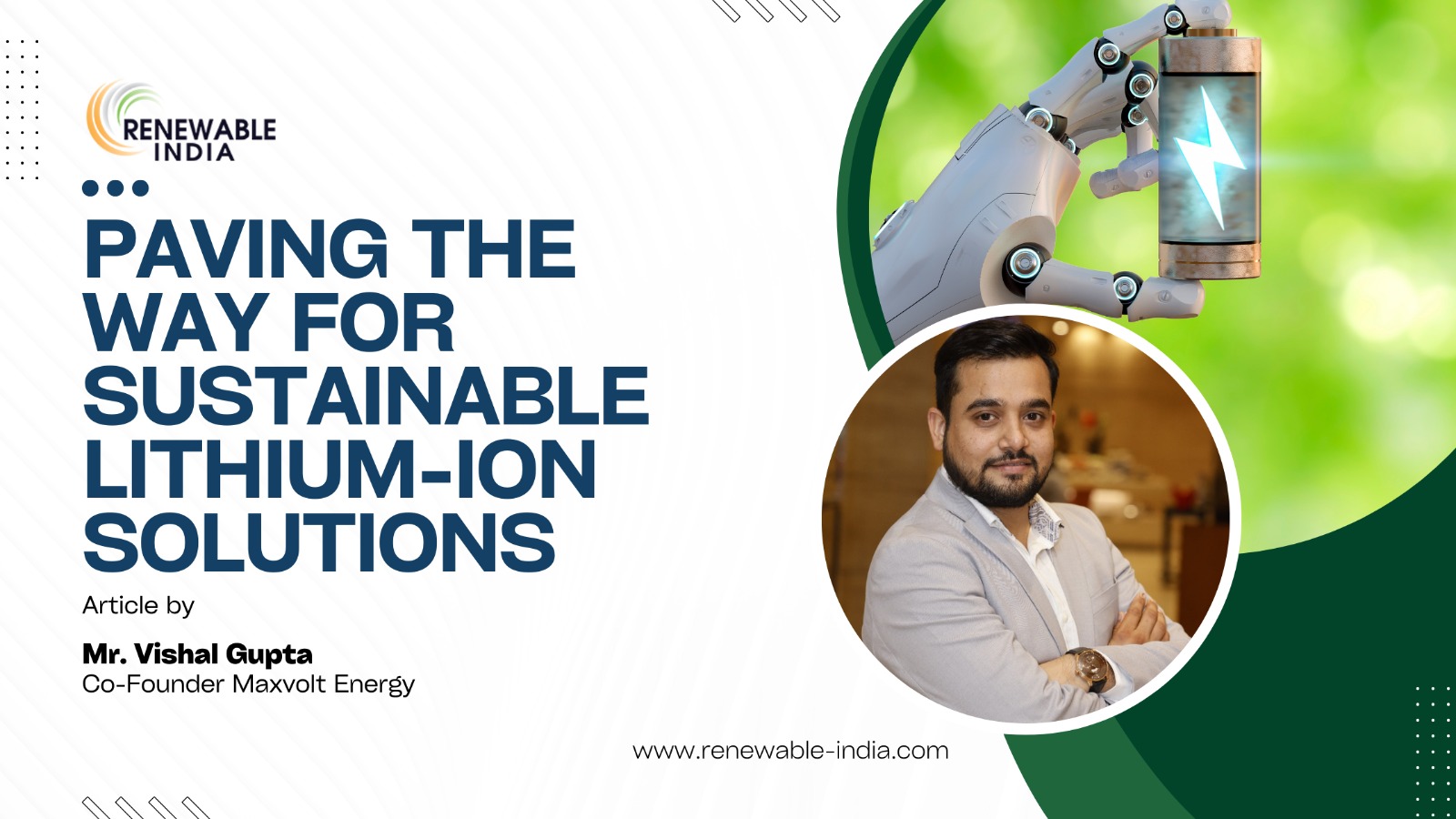
Lithium-ion batteries are essential for the production of electric vehicles, smartphones, and other devices. The demand for these batteries is increasing, with global production growing by a factor of five in the past three years. By 2030, 49 million electric cars will be produced annually, each equipped with a lithium-ion battery with an average lifespan of 10-15 years.
The finite nature of Earth’s resources cannot sustain the growing demand for raw materials such as cobalt, nickel, and manganese, which are crucial for battery production. The extraction of these metals has a significant environmental impact, aggravating the existing challenges. Battery recycling presents a viable solution to address both the escalating need for lithium-ion batteries and the dwindling availability of these critical metals.
Closed-loop battery recycling involves manufacturing batteries from raw materials, using them in vehicles or other devices, and then recycling them into new materials for future use. This approach not only keeps valuable metals in the loop but also holds a tremendous environmental benefit, as recycled metals have a lower CO2 impact than mined ones.
Lithium-ion battery recycling is crucial for resource conservation, environmental protection, and economic benefits. These batteries contain valuable materials like lithium, cobalt, nickel, and manganese, often sourced from regions with geopolitical and ethical concerns. Recycling helps conserve these materials, reduces the need for new raw material extraction, and mitigates the risk of hazardous waste. It also uses less energy compared to mining and processing new raw materials, reducing the overall carbon footprint. Recycling is more cost-effective than extracting new materials, as recovered materials can be reintroduced into the supply chain, lowering overall costs.
The recycling industry creates jobs and stimulates economic activity, contributing to the broader economy. Current recycling methods include pyrometallurgical, hydrometallurgical, and direct recycling. Pyrometallurgical is energy-intensive and can emit pollutants, while hydrometallurgical is more energy-efficient and can achieve higher purity. Direct recycling focuses on recovering and reusing entire battery components, maintaining their original value and performance.
Closed loop lithium-ion battery recycling is a promising solution to reduce the environmental impact of their production and disposal. However, it faces several challenges, including a lack of sufficient collection infrastructure, battery manufacturers not designing batteries with recyclability in mind, lack of standardization and transparency in coordinating actions among countries and the battery value chain, hazardous waste regulation, and the expensive and complex process of recovering and purifying valuable materials.
To address these challenges, a collaborative effort from governments, industry, and other stakeholders is needed. Government agencies, market participants, and stakeholders should invest in collection infrastructure, encourage battery design for recyclability, standardize recycling processes, incentivize sustainable and socially responsible practices throughout the supply chain, and increase public awareness regarding the importance of battery recycling. This will help reduce the cost and efficiency of recycling and increase the supply of end-of-life batteries available for recycling.
Closing the loop on lithium-ion battery sustainability through effective recycling is essential for resource conservation, environmental protection, and economic growth. As technology advances and regulatory frameworks evolve, the efficiency and viability of battery recycling will improve, making it a cornerstone of sustainable energy practices. By addressing current challenges and leveraging innovations, we can pave the way for a more sustainable future in energy storage and usage.
Leave a Reply